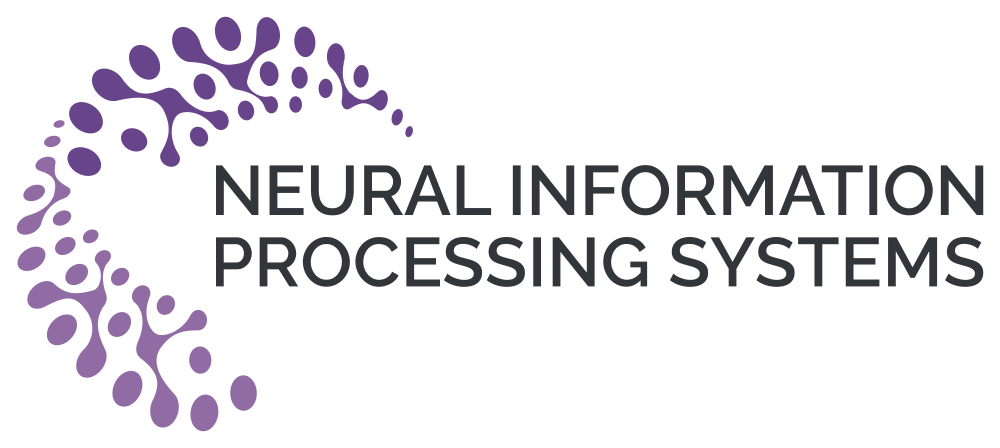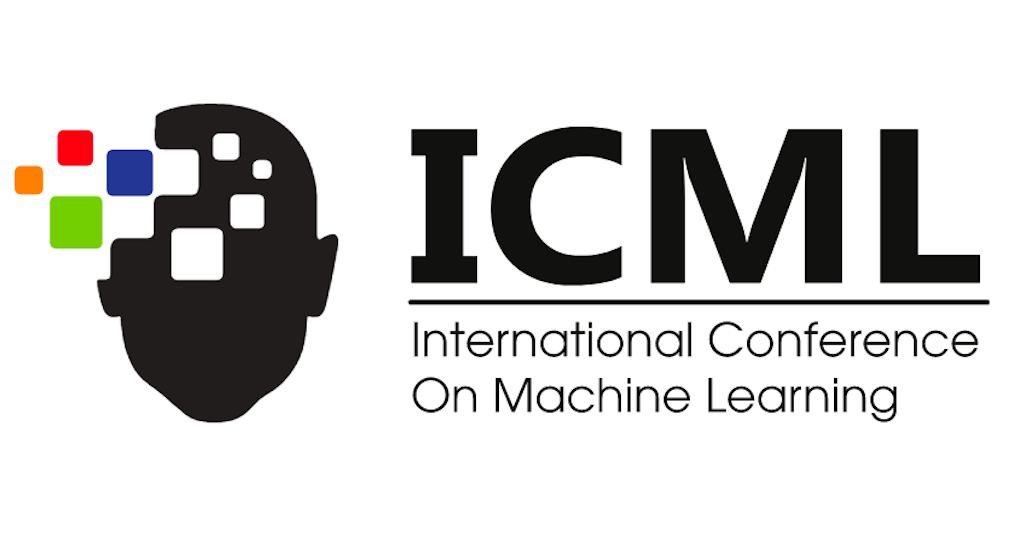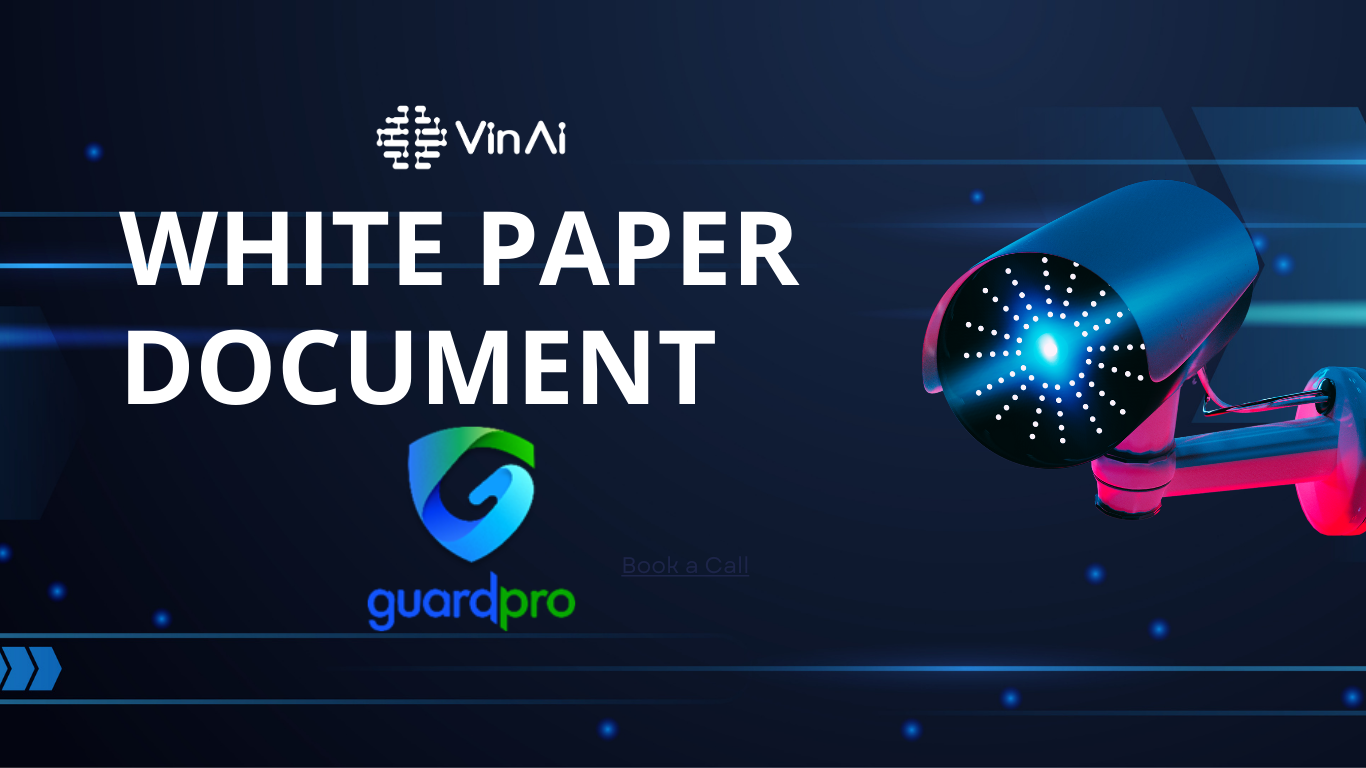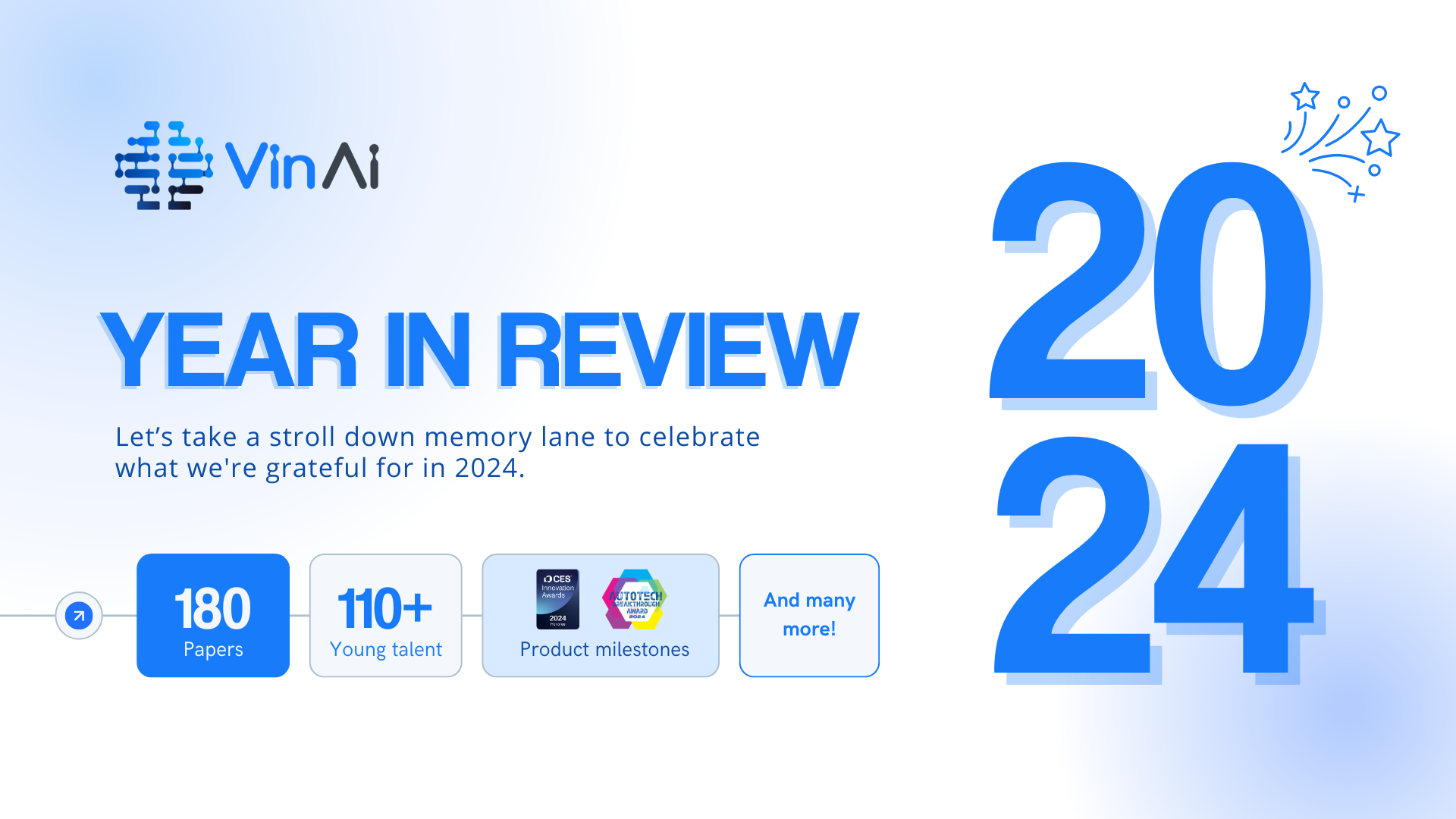By Tung Nguyen, VinAI Research, Vietnam
The International Conference on Machine Learning (ICML) is one of the most prestigious and competitive international conferences in AI and Machine Learning. Last year, we produced analyses and rankings of institutions and authors at ICML 2020 that can be found here. This year, similarly, we collected data from ICML’s official website to identify the TOP 50 leading institutions and authors at ICML 2021, and more importantly to see how VinAI Research has improved after one year.
This year, ICML attracted 5,513 submissions, which is about 10% higher than last year’s number of submissions. There were 1,184 accepted papers, which include 166 long presentations and 1,018 short presentations, resulting in a 21.5% acceptance rate, slightly lower than last year’s 21.8%. To produce the analysis, we first crawled raw data of accepted papers from the official website. After that, we manually merged different spellings of the same institution, as many of them are not consistent in their use of affiliations (e.g., UCLA vs. UC Los Angeles, or Stanford vs. Stanford University). In this step, we also grouped sub-institutions that belong to the same institution. This process of determining which institutions should be grouped together is quite subjective. For example, we decided to merge Microsoft in different locations such as Asia, Montreal, or New York, while differentiating Google’s 3 affiliations: Google, Google Brain, and Google Deepmind, as they produce a significant number of papers. Finally, we defined a set of keywords that separate academic labs from industrial labs, such as “university”, “institute”, or “school”.
The list of top 50 institutions that published the most papers and the lists for academia-only track and industry-only track are shown in Figures 1,2, and 3, respectively. The leading institution is a familiar name, Google, which had over 100 accepted papers, far exceeding the number of papers produced by Stanford, which took second place overall. These two institutions are also the leaders in industry-only and academia-only tracks, respectively. The other Google’s affiliated entities, Deepmind and Google Brain, are also present in the Top 5 for industrial labs, and the remaining two institutions are Microsoft and Facebook. Following Stanford, UC Berkeley and MIT are present in the Top 5 overall, which are placed in 4th and 5th positions, respectively. These 3 schools, together with CMU and Princeton, take up the Top 5 for the academia-only track.
The list of Top 50 leading industrial institutions consists mostly of tech giants from the US, Europe, and China. Some of the names are Google, Microsoft, Facebook, Amazon, Riken, Huawei, Alibaba, Apple, and Tencent. The industry-only track is much more unbalanced, as there are large gaps between companies, and the number of papers decreases quickly from top to bottom. Our research lab, VinAI Research in Vietnam (highlighted in red), made it to the top list for the second time in two years. VinAI Research published a total of 5 papers at ICML 2021, which is 2 more than 2020, resulting in a big jump from the 30th to the 25th position in the industry-only track. VinAI Research is also the only representative from a developing country, as well as from the South-East Asia region. Together with the 6 previously accepted papers at ICLR and 7 papers at CVRP, this is a promising sign that VinAI Research is growing strong.
We have also compiled the list of top authors with the most papers in Figure 4. The top contributing author is Masashi Sugiyama from Riken (1st in 2020) with an astonishing 14 papers. The 2nd place is a 4-way tie between Gang Niu from Riken (3rd in 2020), Sergey Levine from UC Berkeley (5th in 2020), Zhaoran Wang from Northwestern University (3rd in 2020), and Zhuoran Yang from Princeton University (4th place in 2020), each contributing 11 papers.











